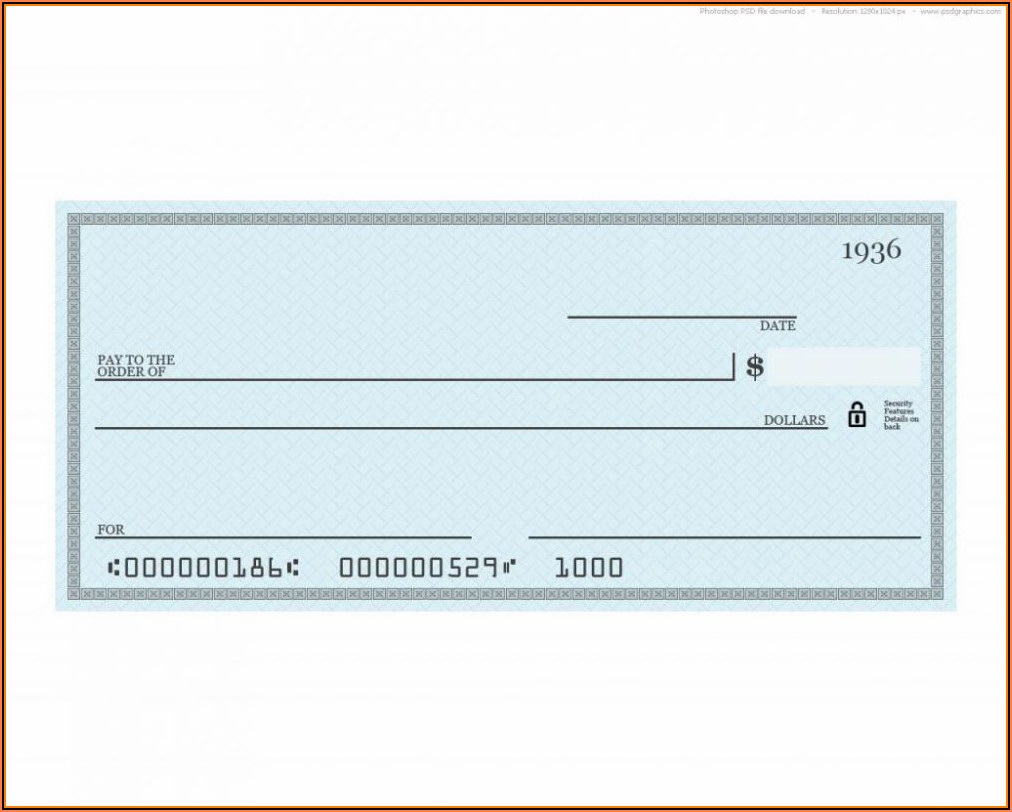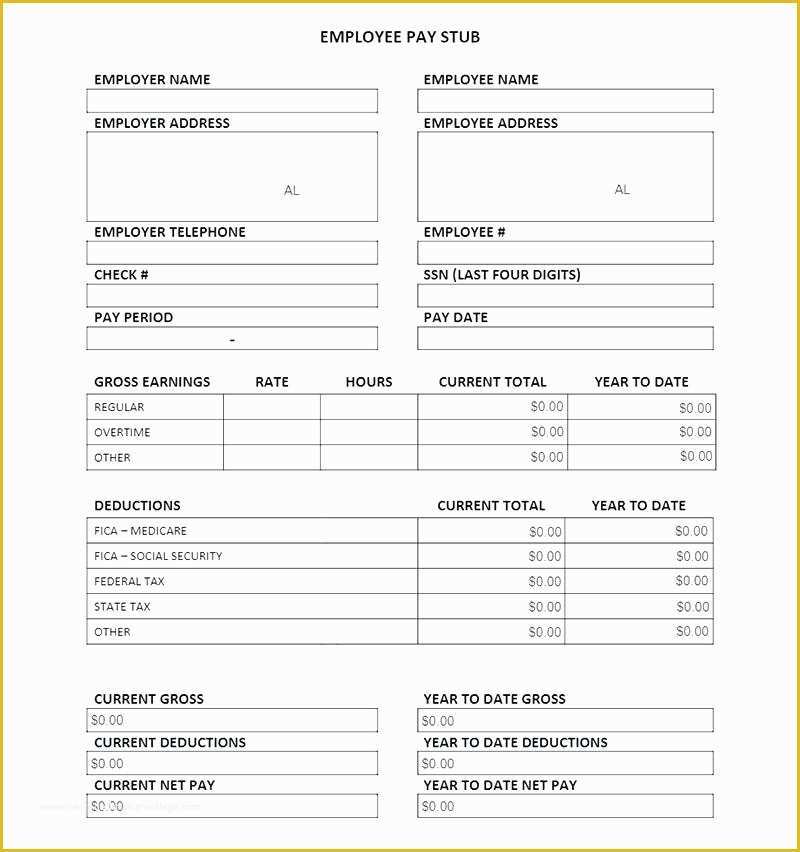


Many businesses operate on a 90, 120, or 180-day cycle, where products still for sale after this time are considered slow-moving items. Paper products like notebooks or calendars will naturally have a much longer shelf life than fresh products like food or beverages-those items are only usable for a fixed amount of time, so the timeframe that fresh goods have to become slow-moving is significantly shorter. Slow-moving inventory is those products that haven’t sold within a desirable time frame and continue to sit on the shelves (and could be classified as inventory waste ).Įvery industry will qualify slow-moving inventory differently. What is slow-moving inventory?Īs a product-selling business, you likely have hundreds, possibly thousands, of stock-keeping units or SKUs in your storage and shipping facility at any given time.

But having a good understanding of what slow-moving inventory means in your industry, how to identify it, and, most importantly, how to address it will save you money long-term. And at some point in your journey, you’ll likely run into periods with slow-moving inventory.Ī collection of unsold items on your warehouse shelves doesn’t automatically mean your business is in trouble. Inventory control and management is one of the most challenging aspects of building and sustaining a growing retail business.


 0 kommentar(er)
0 kommentar(er)
